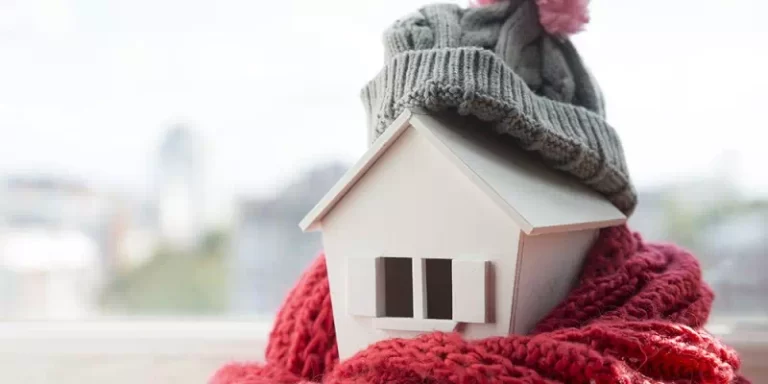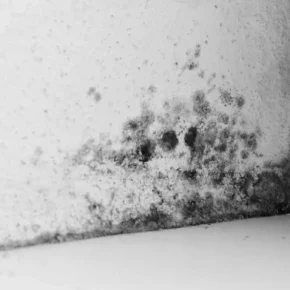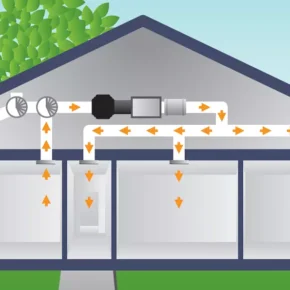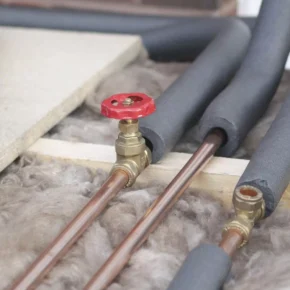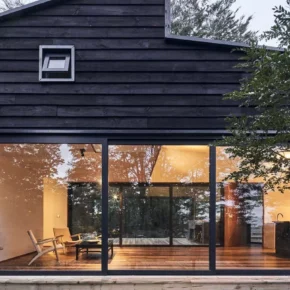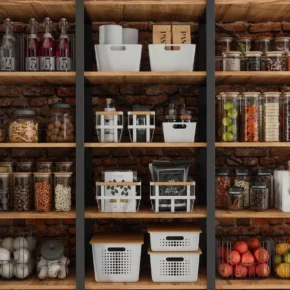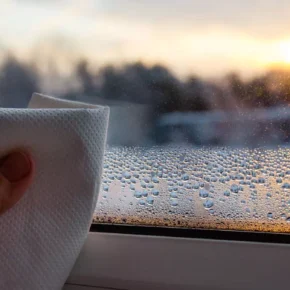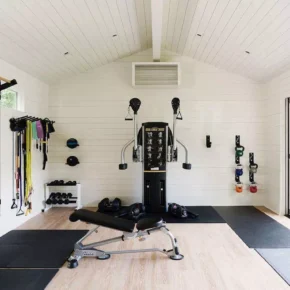With the arrival of autumn and the approach of winter, it is important to prepare your home for the cold. This will not only help make your home more comfortable, but also save on heating and avoid unexpected breakdowns.
1. Inspection and maintenance of the heating system
One of the most important elements of preparing for winter is the condition of the heating system. Keep it in working order to avoid problems during the coldest months.
- Check the boiler or other heating system . If you have a gas boiler, be sure to contact a specialist for inspection and cleaning. This will ensure efficient system operation and security.
- Inspect the radiators . Check them for air congestion that could reduce their effectiveness. Flush radiators and bleed air if necessary.
- Update the thermostats . Modern programmable thermostats allow you to adjust the temperature at different times of the day, which will help save energy.
2. Insulation of windows and doors
A significant amount of heat can escape through loose windows and doors. Heat loss means more heating costs, so it is important to pay attention to this aspect.
- Install the seals . Seals around windows and doors will help prevent drafts. Use rubber or silicone tape to seal the gaps.
- Apply thermal film . If you have old windows, additionally use a special thermal film. It will help keep the heat in the room.
- Check the door . Check the door sills for gaps that could allow cold air to enter. If there are gaps, use cuts or additional sealants.
3. Attic and basement insulation
Heat rises up, so it is important to insulate the attic well so that it does not evaporate. The basement can also be a source of cold.
- Check the attic insulation . If your attic insulation is inadequate or old, consider upgrading it. Choose materials with good thermal insulation properties, for example, mineral wool or expanded polystyrene.
- Insulate the pipes in the basement . Inspect the heating and water supply pipes that pass through the basement. If they are not insulated, heat loss can occur. Use special pipe insulation to prevent this.
4. Cleaning of drains and gutters
Gutters clogged with leaves and debris can cause serious problems in the cold season. Water that cannot drain freely will freeze, creating ice blocks that can damage the roof or walls of a home.
- Clean the gutters from leaves . Use special brushes or even a leaf vacuum to remove all debris from the gutters.
- Check the drain system . Make sure water from gutters is directed away from your home’s foundation. Otherwise, it can get under the foundation and cause freezing problems.
5. Preparation of water supply
At sub-zero temperatures, pipes can freeze, which leads to their damage. To avoid this, it is important to properly prepare the water supply system.
- Draining water from external taps . Make sure all outside faucets and irrigation systems are drained. Shut off the water supply to external sources and open the taps to drain the residual water.
- Insulate the pipes . If there are pipes that pass through cold rooms, insulate them to prevent them from freezing.
6. Preparation of chimneys and fireplaces
If you have a fireplace or stove, be sure to check them before the cold season begins. This will not only increase comfort, but also ensure safety.
- Inspect the chimney . Call a professional to clean the chimney of soot and other accumulations to avoid a fire.
- Check the draft in the fireplace . The fireplace should have enough draft so that the smoke goes outside and does not spread through the rooms.
7. Preparation of the ventilation system
Ventilation in the house should work efficiently even in winter. This will ensure proper air circulation and moisture removal.
- Check the ventilation holes . Make sure all vents are unobstructed and working properly. Pay particular attention to the kitchen hood and bathroom hood.
- Update your filters . Replace the filters in the ventilation systems so that they work efficiently and clean the air of dust and allergens.
8. Inspection of electrical wiring and lighting
Dark winter evenings require reliable lighting and good electrical wiring.
- Inspect the wiring . Make sure all cables, sockets and switches are working. If there are problems, call an electrician for diagnosis and repair.
- Add outdoor lighting . Outdoor lights will provide comfort and safety around the house. Choose energy-efficient LED lamps to avoid overloading the system.
9. Stock up on emergency supplies
Unpredictable winter weather can lead to power or water outages, so it’s important to have everything you need on hand for such eventualities.
- Stock up on a generator . If your area experiences frequent power outages, a generator is a great solution for emergency power.
- Have candles, flashlights and batteries handy . This will help ensure lighting and the operation of necessary devices in the event of power outages.
10. Protection from insects and rodents
Cold weather often forces rodents and insects to seek shelter in homes. To avoid problems, protect your home in advance.
- Close all gaps . Check the foundation, doors, and windows for openings that could allow pests to enter the home.
- Use special tools . You can set traps or use deterrents for prevention.
Preparing your home for the cold season is an important process that will help keep your home warm, safe, and comfortable. Timely care of heating, ventilation, water supply and insulation will avoid unforeseen problems and make your winter more pleasant and cozy.

